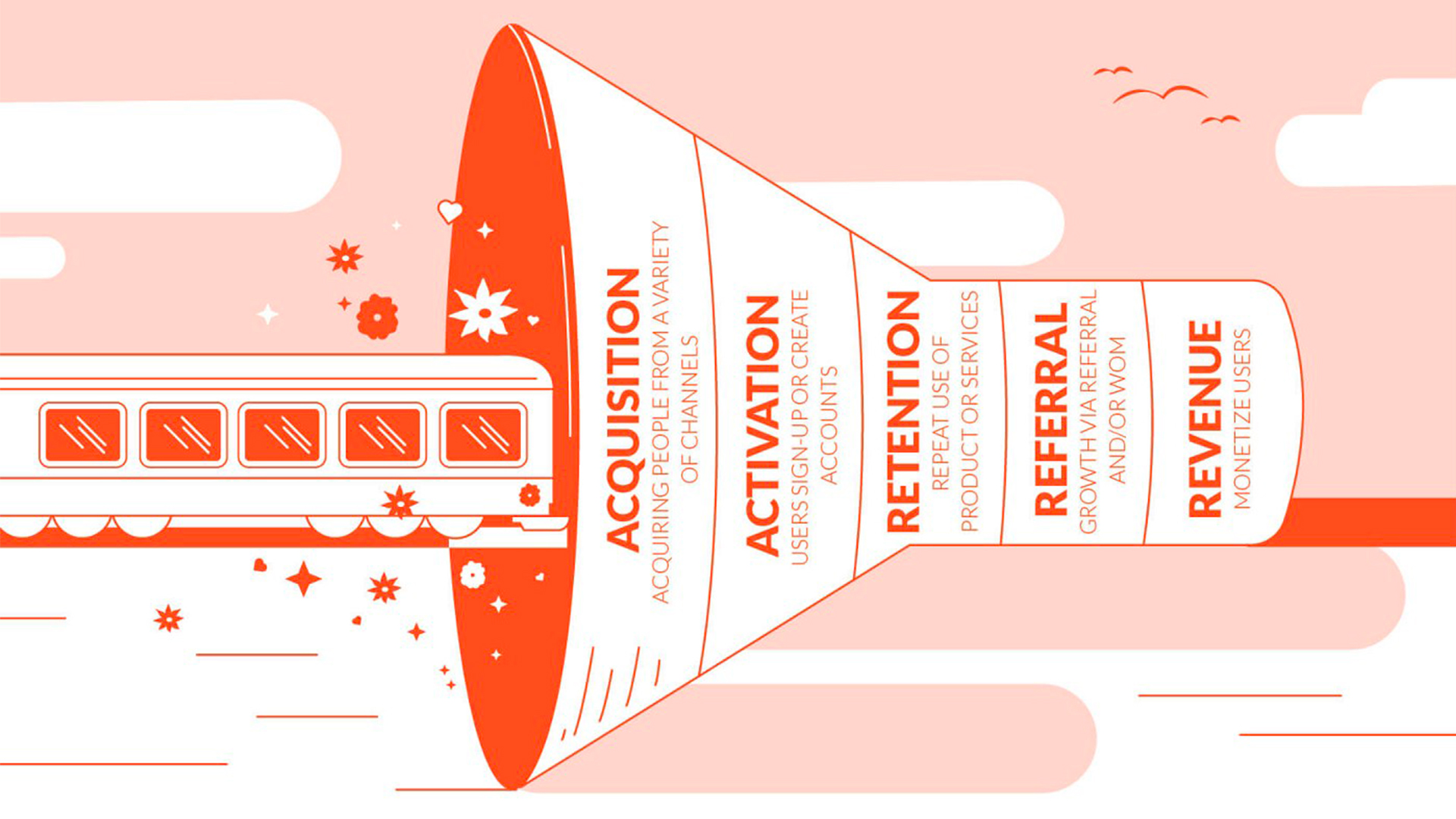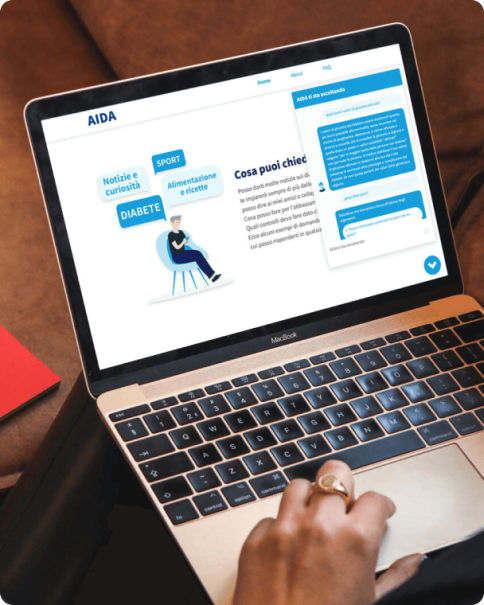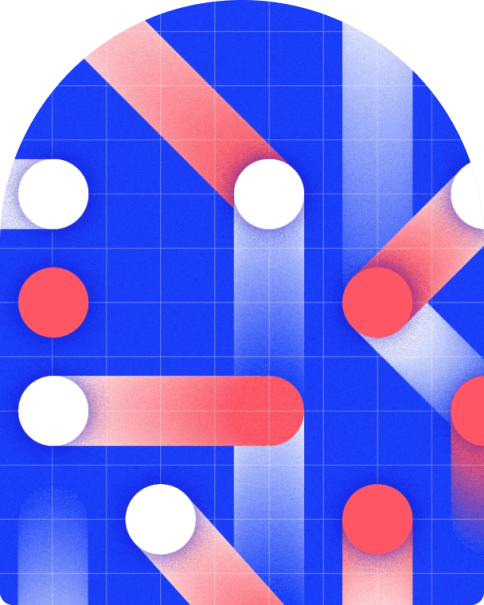A new era for Business Design
Ventures, products, and services
2021

When a new, action-oriented approach rapidly transforms an idea into a solid, concrete model
Sounds familiar? Indeed: we all have access to that service, thanks to the device in our pockets. What’s more, it’s incredibly cheap. Iridium’s strategy, however, was not exactly that of Apple or Samsung, two of the largest players in today’s smartphone market.
The idea was to invest some 5 billion dollars (yes, really) to build a private network of 66 satellites over fifteen years, to give Iridium’s telephone devices coverage the world over. Make no mistake, those were “telephone devices” alright: big, bulky, and twice as heavy as the then-commonplace Nokia 3300 — not to mention ~$3000 apiece. Calls would cost about $5 a minute, with no more than 2.4kbps of bandwidth.

Iridium’s satellite phone from 1998.
In 1998, a half-baked service designed a decade earlier was launched globally. The market had changed, however; so had user needs. After just one year, unsurprisingly, Iridium had to declare bankruptcy, only to return as a satellite telecommunication operator years later.
The exponential growth of information at our disposal — and our ability to elaborate and extract value from it — determines a continuous shift in the definition of the game’s rules and its perimeter: things that used to be a given, like strategic planning, programming, and competition, have completely changed their meaning, as the context mutates rapidly and our knowledge is at constant risk of becoming obsolete.
In the years preceding this new era, companies have usually innovated incrementally. They followed a protocol; a safe, well-established approach. It was often necessary for firms to be sure that whatever innovation was underway would be profitable with a high degree of certainty. On the one hand, this was common because the milieu allowed it: things were more stable, observable, measurable, and indeed predictable. It was sensible to imagine how the world was going to be years into the future.
Then that framework stopped working. Today such strategies are unthinkable, and incremental innovation is often insufficient even to stay afloat; let alone lead. So it is the case that small, often-invisible entities bring about radical change and disrupt both business models and consumer habits. Skype, Netflix, and Spotify are great examples of this. We used to pay outrageous fees for international calls; we watched DVDs we borrowed and had to return on time; we had to pick and choose the artists we wanted to listen to, and buy individual CDs from them. No longer.
It happens far too frequently that companies don’t realize how much of a threat certain competitors are or can be — how could one forget Blockbuster’s CEO’s remarks on Netflix, which in his words could never pose a serious challenge. And buying them, as Unilever did with the Dollar Shave Club, is not always a viable option.

Before going under, in 2010, Blockbuster’s valuation was around $4.8 billion.
In this context, a culture of experimentation, trial, and error becomes paramount for companies. They need to dare, try, and indeed fail, so that they can learn from those mistakes and map the uncharted waters. Failure can’t become a barrier.
When risk was afoot, companies would usually hold on to the precept that said change had to be safe, ascertained. Today, the antidote to risk isn’t safety anymore; it’s rapid, incremental change.
Iridium wanted to play safe. It focused a lot on providing a global service, without actually testing whether that service was needed, even on a smaller scale.
At MAIZE, we work on business design, i.e. the development of new business models. We are like 100-meter-runners, our soles pressed against the running blocks, ready to accelerate and see whether our idea can be successful or not. Having worked with numerous startups, we know that getting there first is a matter of life and death. But we also know that going fast does not mean being hasty or careless. Quite the contrary: it encourages us to be strongly analytical, guided by research, and empirical in our approach.
Business design, for us, is a hybrid discipline, as it merges the principles of human-centered design with the startup and strategic consultancy approaches. Its goal is to transform promising ideas into viable business models, solve real problems for people, and be economically sustainable.
Companies these days come up with new ideas at a never-before-seen pace. But unfortunately, most of them rarely see the light of day, as the initial enthusiasm fizzles out or gets squashed between the complexities of heavy, tangled organizations that would struggle to even get them started. Many — far too many — ideas that are both desirable and workable die because of risk aversion, killed in their infancy by companies that privilege safety over speed.
We strongly believe in the design thinking principle that suggests that any idea that aims at becoming a successful product or service needs to be desired by its prospective users, technically feasible, and economically sustainable.

To be effective, a product or service needs to be desired by its users, technically feasible, and economically sustainable.
Business design mainly focuses on the third aspect. We don’t put the other two aside, but we really want to test whether something can actually be done. And we do that by designing shortcuts, trying to reduce risk, and playing to our strengths.
Human-centered design
Business design mostly adopts the tools and methods of the design world, especially in the initial phases of client research and business idea generation. We merge research and design methodologies, which are often collaborative, to identify a set of clients, track their path, understand their needs, and finally come up with ideas that can solve their issues. In this, our approach is open to both clients and other stakeholders. We don’t interpret people and phenomena statically: we understand the dynamics between them, how they make decisions, and the complex environments in which they dwell.
Strategy consulting tools
We support our design practices with consolidated business analysis tools and economic and financial models. This allows us to look at the competitive landscape, define a compelling value proposition, come up with a revenue strategy that’s both coherent and sustainable, and correctly assess the market opportunity, understanding how lucrative the idea is and what its return can be.
Startup approach
Business design is, by nature, a design discipline, but it looks at the business feasibility of projects rather than their desirability or technical aspects. In doing so, it goes beyond the simple formulation of a theoretical idea or a sketched solution.
The strength of this approach resides in its language and the design criteria that belong to the vocabulary of firms, and company management in particular.

Erik Ries first talked about his Lean Startup methodology in 2008.
Running a business idea against the business design method allows it to coalesce into a strong model rather quickly, thanks to quantitative and qualitative analysis, and empirical evidence. This also lets the team hone it further and fix mistakes to build authoritativeness before managers who typically value budget allocations and activity prioritizations in the strategic and industrial plans — or, indeed, get rid of the idea altogether if it doesn’t work.
Business design suggests that things be done in small steps, with limited spending that goes alongside the project’s advancement, as opposed to the more frequent massive budget allocations that get made once, at the start, and then don’t work out because the conditions change, sometimes dramatically. It is a decidedly action-oriented discipline, put forward to make things happen. Our Lean Startup approach has been reworked on this basis to adapt to large organizations.
Risk simplification
Behind every business model, dozens of potential risks and uncertainties always lurk; and they can compromise the project irreversibly if they are not looked after and taken care of. Every good idea, in principle, is based on a set of assumptions: the client’s needs, the market structure, the competitors’ reaction, the overall tech trends…
The secret lies in not giving in to the urge to define anything and everything from the get-go. Some things can and will remain ambiguous. The business design practice uses methods to identify the key assumptions of the model: like the riskier ones, that would determine failure if falsified.
Immediate experimentation
Once those assumptions are identified, “we get out of the building,” as Steve Blank would put it. Which means we go to market and test them, quickly (e.g. with interviews, surveys, small online campaigns, Kickstarter campaigns, etc.), using some form of prototype (e.g. a landing page, a video, a sales pitch, an animated mock-up, a storyboard, etc.). This method is called Riskiest Assumptions Testing, or RAT. We immediately put the model’s keystones under stress; if they hold, then we move forward. If they don’t, we go back to the drawing board.

The cornerstone of an iterative mechanism is in building prototypes, testing them on the market rapidly, and learning from experimenting with them. It’s a continuous cycle.
Fearlessness
The business design philosophy is that there is no interest in bringing forward business models that, when tested, simply don’t hold water. The approach demands that unworkable paths be jettisoned, minimizing initial investment without risking total failure. Here, the concept of incrementality is crucial: only small-scale experiments are undertaken so that even the complete abandonment of the project doesn’t result in economic catastrophe.
Go-to-market strategy and growth hacking
Once the business model has been tuned up and key assumptions have been validated, we are actually just getting started. The key to each new business idea is execution, and the first step consists of a go-to-market and a growth strategy. They are paramount to the success of any initiative.

The AARRR funnel is at the heart of Growth Hacking methodologies, and it involves specific techniques to use at each step of the clients’ path of conversion.
In this phase, we leverage our long experience in communication and digital marketing to identify the most efficient distribution and strategy launch, defining channels, formats, contents, communication styles, etc., until a proper media plan — that optimally allocates the acquisition investments — is laid out. We use quantitative models to estimate our target’s lifetime value, as well as a customer acquisition cost (CAC) to make sure that the new client’s acquisition costs are inferior to the margin that the same client generates throughout their entire relationship with the company — subject to our own cost and revenue structure.
LEAP: Business Design Sprint
We believe so strongly in the ideas of speed and incremental experiments that we have designed a program that allows us to transform an iea into a florid, robust business model in but 5 days: LEAP, the Business Design Sprint.

LEAP is MAIZE’s business design format. It helps companies turn their ideas into testable business models in 5 days.
LEAP is a program designed for all those companies that have sensed the validity of a new product, service, or business model, and want to understand whether working on it makes business sense. In five days, a three-to-five-people team works together with MAIZE’s business designers to transform a simple idea into something tangible that can be tested:
- a value proposition structured and validated with potential clients (up to six interviews)
- a complete, innovative business model: revenue, pricing, operations, distribution strategy
- an estimate of the TAM, in both volume and value
- a high-level business case that gives a framework for revenues, fixed, and variable costs
- an interactive, digital product to test with users and to showcase the project internally
- a presentation to be used externally that clearly identifies the most promising, least expensive next steps to validate the main assumptions
All in five days
Many of the projects that have come out of this program haven’t just taken a giant leap in a short time; they have moved onto the development of a prototype and the internal presentation to upper management, which ultimately decided to invest in the idea to validate the business model’s main assumptions and understand whether to continue with the experiment.










 in Italy
in Italy